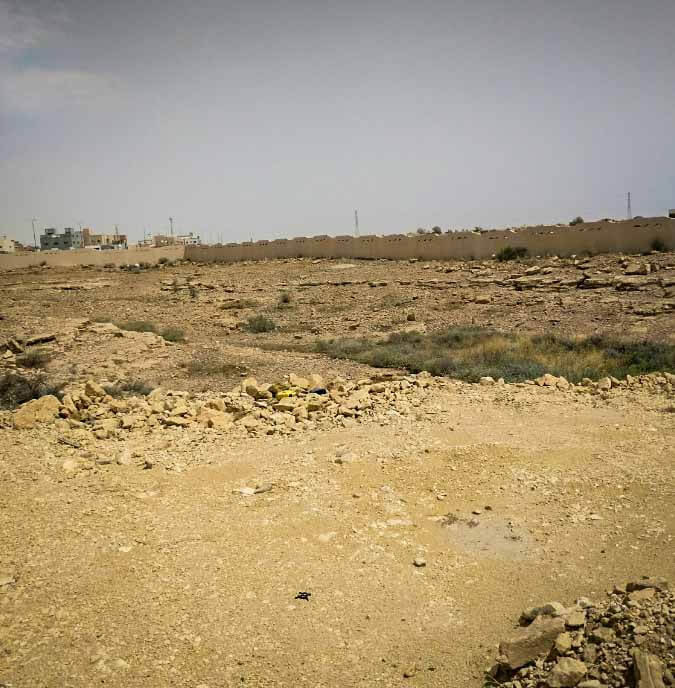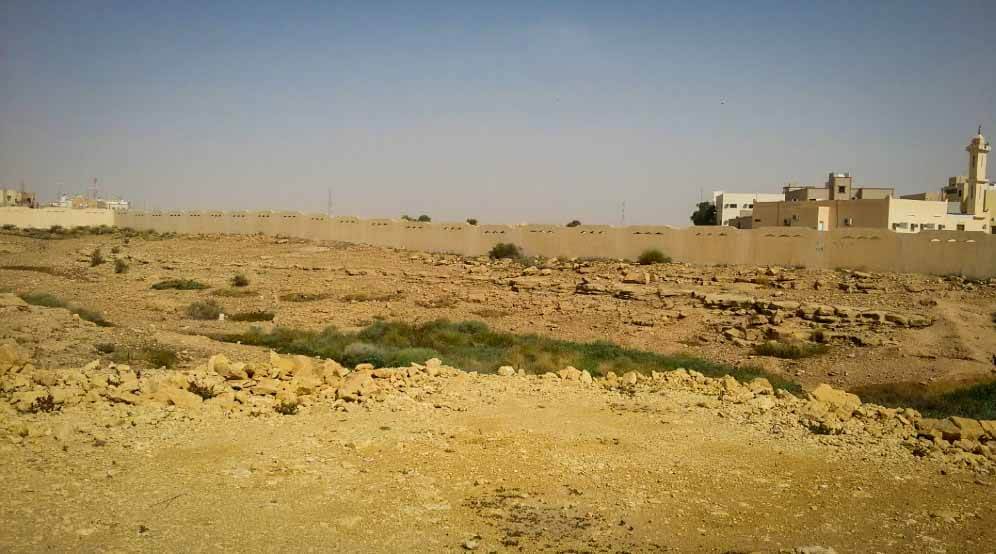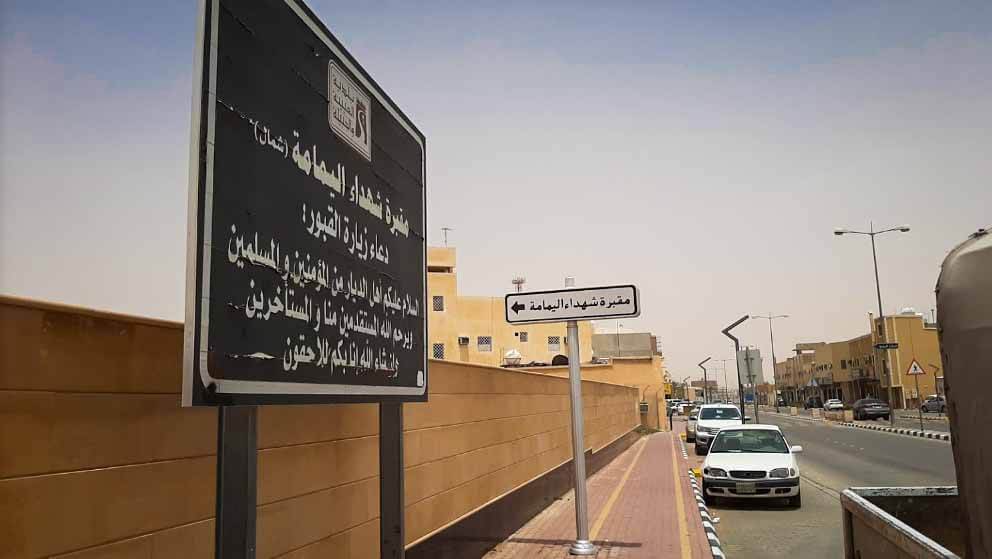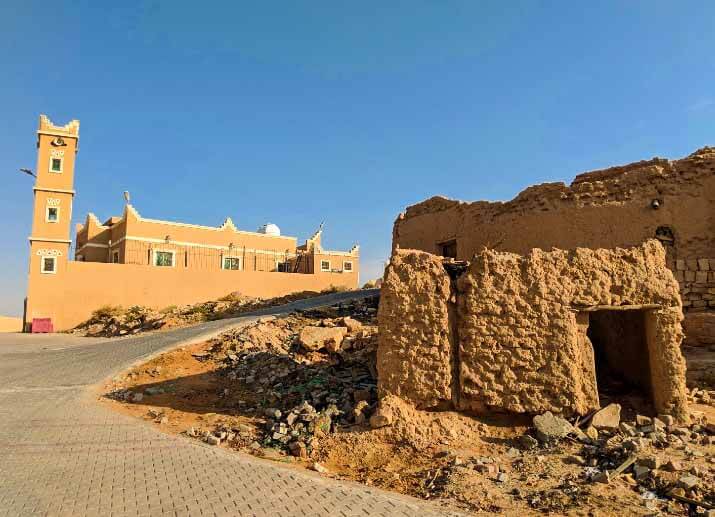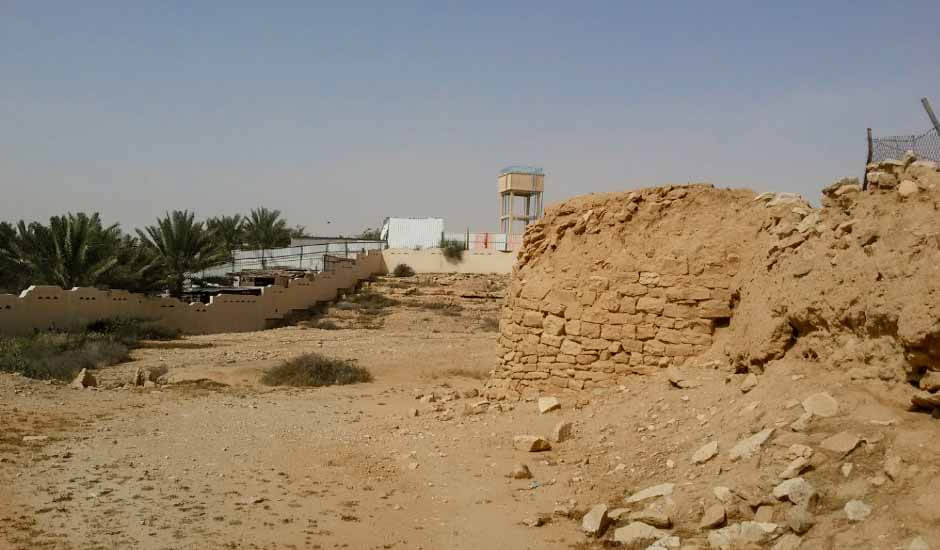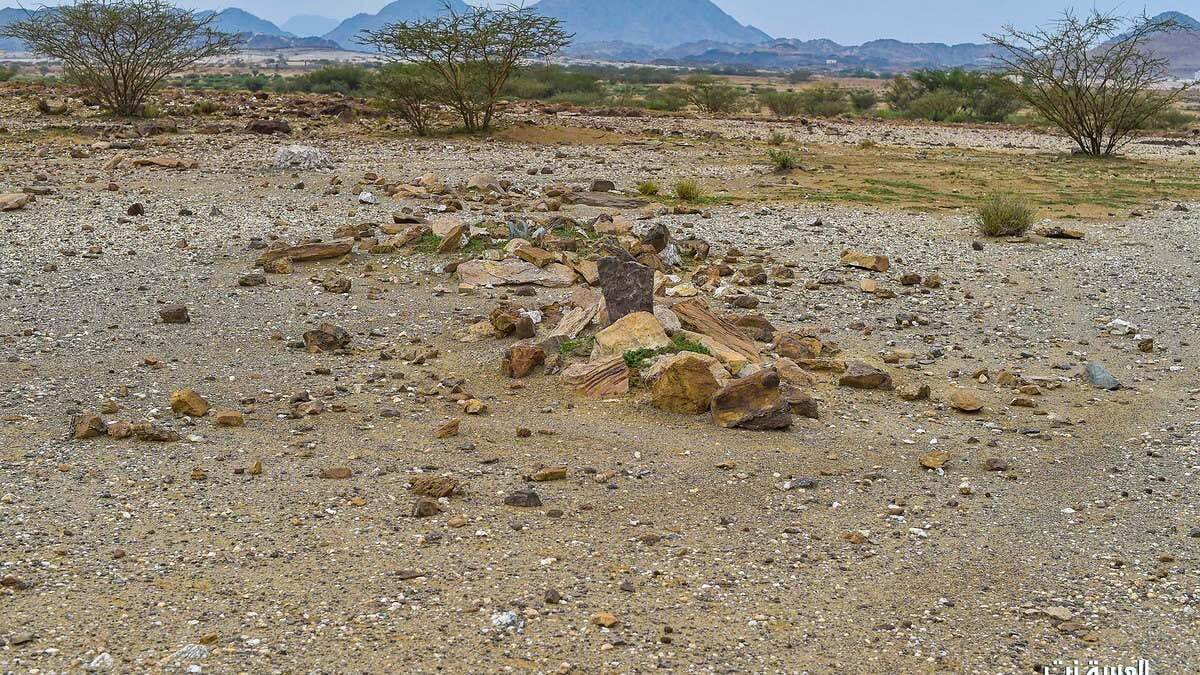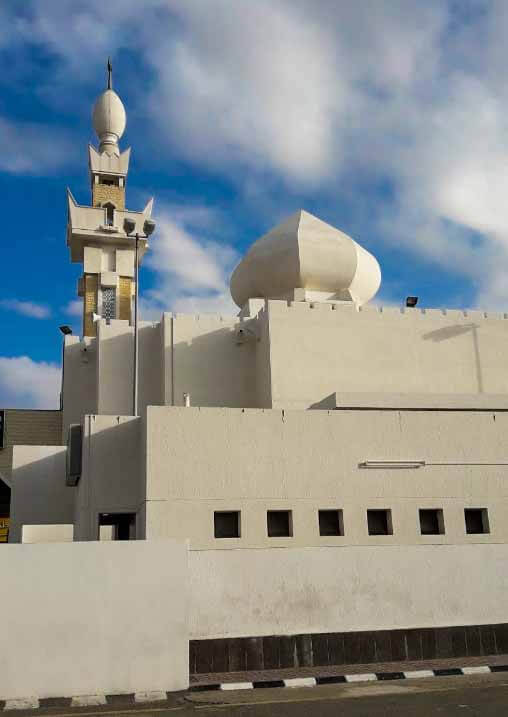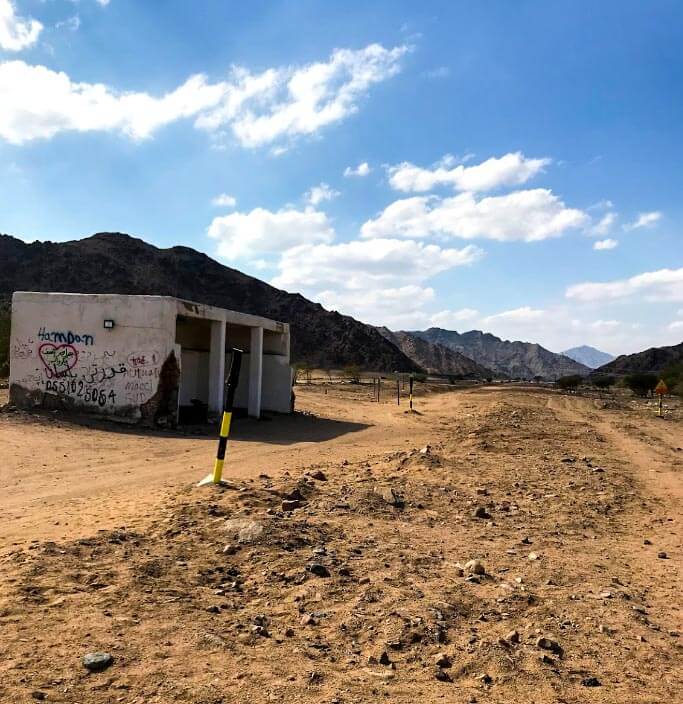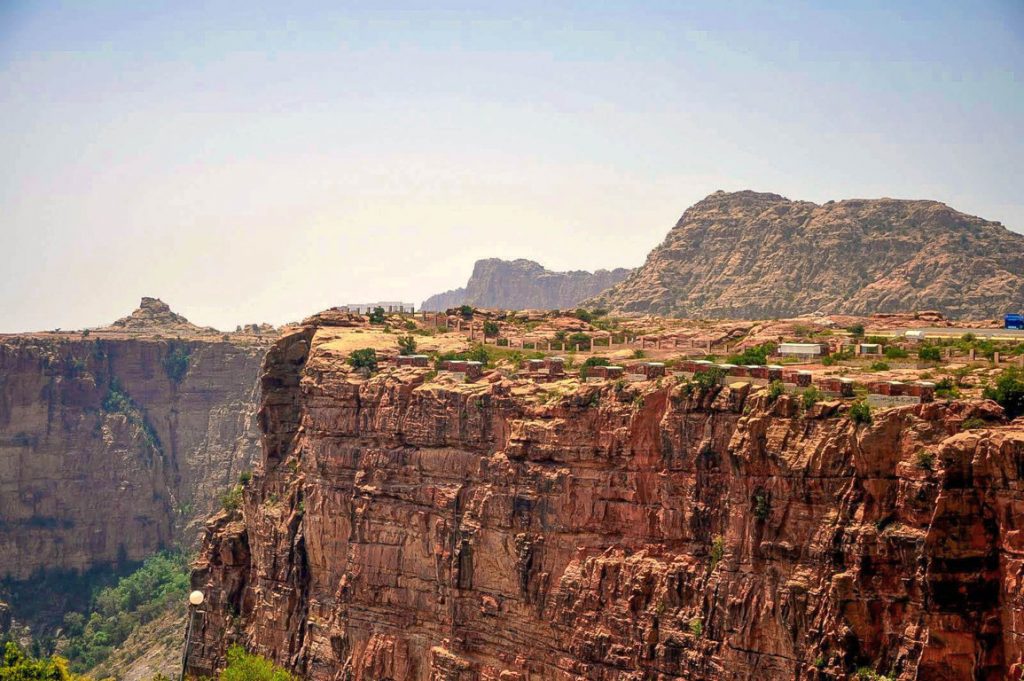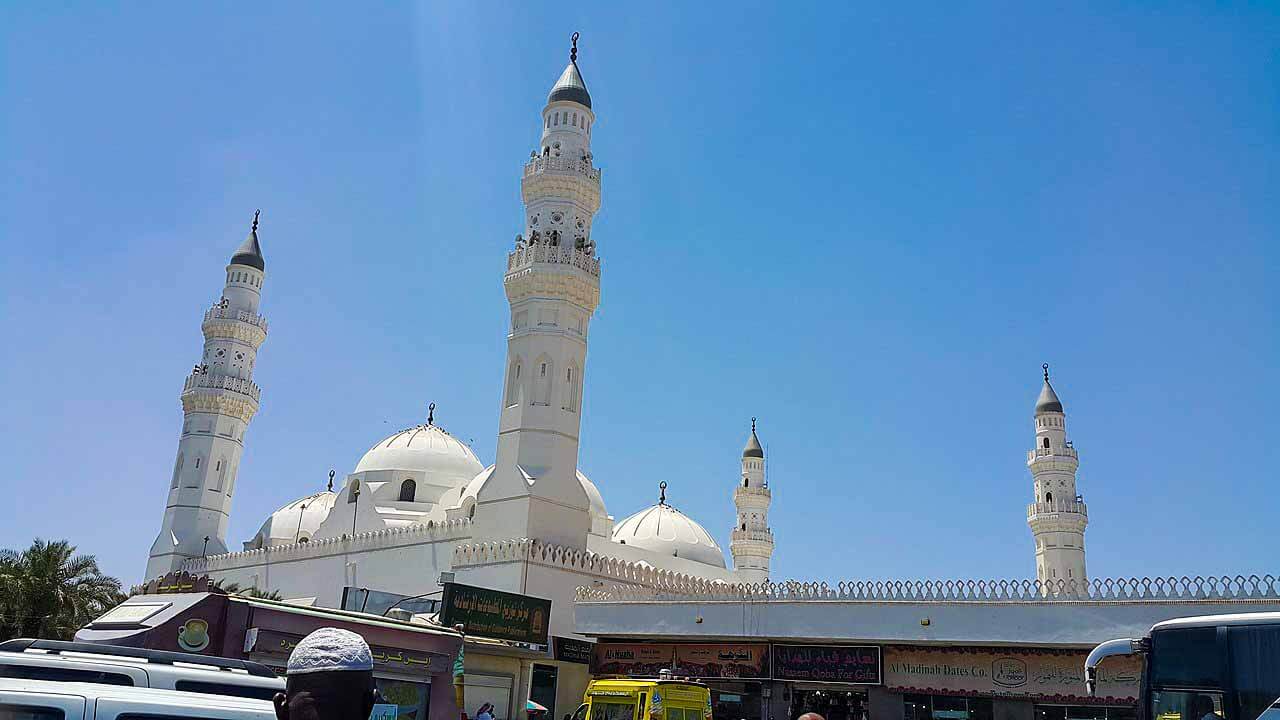Al Jubaylah, Saudi Arabia
North Cemetery
South Cemetery
Coordinates: 24.891894, 46.443660
The Battle of Yamama was fought in December 632 as part as the Ridda Wars against a rebellion within the Rashidun Caliphate in the region of Al-Yamama (in present-day Saudi Arabia) between the forces of Hz. Abu Bakr رضي الله عنه and Musaylimah the liar.
Beginning of Ridda Wars
After passsing away of Hz. Prophet Muhammad ﷺ, many Arab tribes rebelled against the State of Medina.
Caliph Hz. Abu Bakr رضي الله عنه organized 11 corps to deal with the rebels.
Hz. Abu Bakr رضي الله عنه appointed Hz. Ikrimah رضي الله عنه as the commander of one of the corps.
Hz. Ikrimah رضي الله عنه orders were to advance and make contact with the forces of Musaylimah at Yamamah, but not to get involved in battle with him.
Hz. Ikrimah رضي الله عنه had insufficient forces to attack the overwhelmingly more numerous foe.
Hz. Khalid ibn al-Walid رضي الله عنه was chosen to command the forces opposing Musaylima after he dealt with other smaller apostates.
Hz. Abu Bakr رضي الله عنه intention in giving Hz. Ikrimah رضي الله عنه this mission was to tie Musaylimah down at Yamamah.
With Hz. Ikrimah رضي الله عنه on the horizon, Musaylimah would remain in expectation of an attack and thus not be able to leave his base.
With Musaylimah so committed, Hz. Khalid رضي الله عنه would be free to deal with the rebels of North-Central Arabia without interference from Yamamah.
Hz. Ikrimah رضي الله عنه advanced with his corps and established a camp somewhere in the region of Yamamah.
Preparations
When Hz. Ikrimah رضي الله عنه received reports of the defeat of Tulayha by Hz. Khalid رضي الله عنه, he began to get impatient for battle.
Hz. Ikrimah رضي الله عنه was a fearless man and a forceful general, but he lacked Hz. Khalid’s رضي الله عنه cool judgement and patience – qualities which distinguish the bold commander from the rash one.
The Caliph sent for Hz. Khalid رضي الله عنه and gave him the mission of destroying the forces of Musaylimah at Yamamah.
In addition to his own large corps, Hz. Khalid رضي الله عنه would have under his command the corps of Hz. Shurahbil رضي الله عنه.
Hz. Khalid رضي الله عنه rode to Butah where his old corps awaited him.
Meanwhile, the Caliph wrote to Hz. Shurahbil رضي الله عنه to work under Hz. Khalid’s رضي الله عنه command.
A few days before Hz. Khalid’s رضي الله عنه’s arrival Shurahbil had given in to the same temptation as Hz. Ikrimah رضي الله عنه; he had advanced and clashed with Musaylimah, but was defeated.
Hz. Khalid رضي الله عنه got news that Musaylimah was encamped in the plain of Aqraba with an army of 40,000 warriors.
The two successful actions fought by them against Hz. Ikrimah رضي الله عنه and Hz. Shurahbil رضي الله عنه had increased their confidence in themselves and created an aura of invincibility around Musaylimah.
Strike of Muslims
On the orders of Hz. Khalid رضي الله عنه, the Muslims advanced. They launched a series of attacks along their entire front. The most dreadful carnage took place in a gulley in which human blood ran in a rivulet down to the wadi.
As a result, this gulley became known as the Gulley of Blood-Shueib-ud-Dam, and it is still known by that name.
But the battle hung in the balance. As the first period of combat ended, the warriors retired to rest.
The next phase of battle – known as the second strike of the Muslims – is clouded with legend but from the myths alone we can determine that the apostate force largely disintegrated.
Last Phase of the Battle
Only about a quarter of Musaylimah’s army remained in fighting shape, and this part hastened to the walled garden while Muhakim (commander of the right wing) covered its retreat with a small rear-guard.
Soon the Muslims arrived at the walled garden, where a little over 7,000 rebels, Musaylimah among them, had taken shelter.
The rebels had closed the gate. The Muslims were anxious to get into the garden and finish the job.
Soon a Muslim soldier Hz. Al-Bara’ ibn Malik رضي الله عنه asked his fellow men to let him climb the wall so that he could open the gate by killing the guards there.
The soldier jumped in to the garden and opened the gate. The Muslims entered the garden and the last phase of the Battle of Yamamah had begun.
The Garden of Death
The rebels stepped back as the Muslims poured into the garden. The fighting became more vicious.
Musaylimah was still fighting: he had no intention of giving up. As the front moved closer to him, he joined in the combat.
The last phase of the battle now entered its climax.
The Muslim army pressed the rebels everywhere. Musaylimah became the target of Hz. Wahshi ibn Harb رضي الله عنه (the same man who killed Hz. Hamza رضي الله عنه, the uncle of Hz. Prophet Muhammad ﷺ, in the Battle of Uhud).
He threw the same javelin that he had used to kill Hz. Hamza ibn ‘Abd al-Muttalib رضي الله عنه and struck Musaylimah in the stomach; the next moment Abu Dujana cut off Musaylimah’s head.
The news of the death of Musaylimah brought about the rout of his forces. The garden where this last phase of the battle took place became known as the “Garden of Death”, as the approximately 7,000 rebels within it were slaughtered.
Aftermath
The rebellion within the Rashidun Caliphate was crushed.
Impact
The battle played a major role in motivating Hz. Abu Bakr رضي الله عنه to complete the compilation of the Qur’an.
During the life of Hz. Prophet Muhammad ﷺ, many parts of the written Quran were scattered among his companions, retained as private possession.
However, more than 70 huffaz (Muslims who had memorized the Qur’an) were martyred at Yamama.
Consequently, upon the insistence of his future successor Hz. Umar رضي الله عنه , Hz. Abu Bakr رضي الله عنه ordered the collection of all the surviving pieces(whither on papyrus, palm stock, cuneiform etc) of the Qur’an into one copy.



